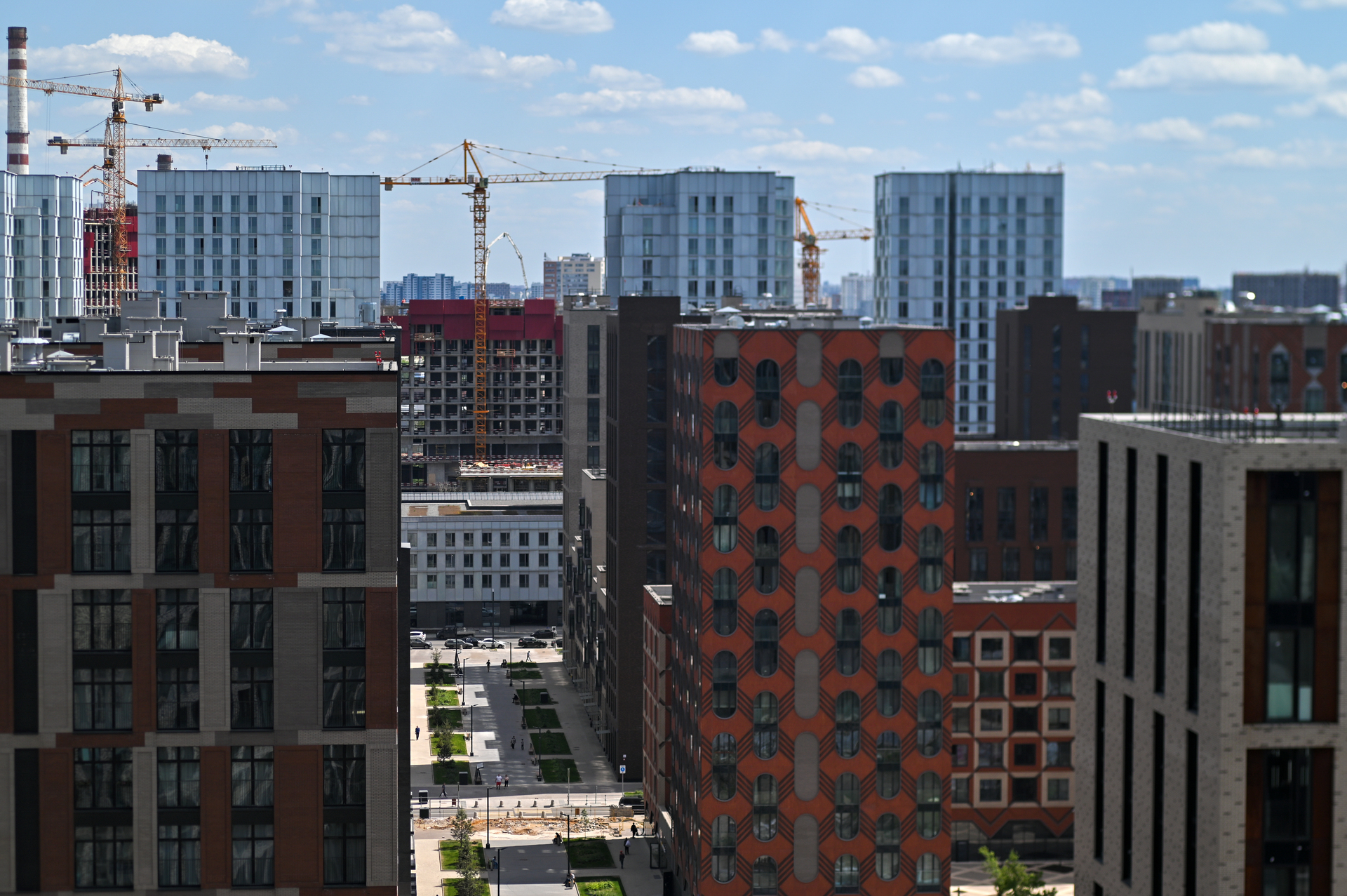In September 2021, under the Family Mortgage program, Russians issued 10.1 thousand loans for a total of 38.4 billion rubles.
Compared to the same period in 2020, the indicator increased by 13% in quantitative terms and by 45% in monetary terms.
The specialists of the company "DOM.RF" told RT about this.
As noted in the organization, since the launch of the initiative in early 2018, more than 200 thousand Russian families have used its terms.
At the same time, the total amount of loans issued under the program reached 600 billion rubles.
“This year alone, the measure will be used by more than 100 thousand families.
It is important that this not only helps citizens to improve their living conditions, but also has a beneficial effect on demographics: polls show that for many families solving the housing issue is a key condition for having children, ”said Mikhail Goldberg, head of the DOM.RF analytical center.
According to him, the program simultaneously supports the birth rate in the country and "creates conditions for a normal, comfortable life" for families with children.
Meanwhile, as the specialist emphasized, the demand for the initiative has grown significantly after the expansion of its conditions.
As a reminder, earlier, under the program, families with two or more children born after January 1, 2018 could get a home loan at a reduced rate of 6% per annum.
From July 1, 2021, on behalf of Russian President Vladimir Putin, such an opportunity appeared for parents with one child born after January 1, 2018 and before December 31, 2022.
RIA News
© Vladimir Song
Note that you can get a mortgage loan under the concessional family mortgage program until the end of 2023.
The reduced interest will be valid for the entire term of the loan, and the government will reimburse the difference between the market and preferential rates to banks.
The initial payment for the program is 15% of the cost of housing.
At the same time, the maximum loan amount depends on the region - for Moscow, St. Petersburg, Moscow and Leningrad regions it is 12 million rubles, and for other subjects of the country - 6 million.
According to DOM.RF, today the initiative is most popular among residents of Moscow, the Moscow Region, St. Petersburg, the Krasnodar Territory and the Tyumen Region.
According to the specialists of the organization, in the future the demand for the program will continue to grow, and in 2022 the issuance of relevant loans may double compared to 2020 and reach 175 thousand.
“According to the terms of the program, parents can refinance a previously taken mortgage, if that loan was received at a higher interest rate.
This makes the initiative as a whole quite accessible.
In addition, a mortgage loan is given for finished housing, which allows Russians with children to solve the housing issue more quickly, "Konstantin Aprelev, vice president of the Russian Guild of Realtors, told RT.
It is noteworthy that at the moment Russian banks offer lower rates on family mortgages than the officially established ceiling of 6% per annum.
According to DOM.RF, the average interest on the program in the 15 largest credit institutions today is 4.9% per annum.
“For many, the program has become the only opportunity to purchase their own home - previously, due to the high key interest rate, loans were not available for low-income families.
Now the population can choose more comfortable conditions and a monthly payment convenient for the family budget, "Pavel Sigal, first vice president of the all-Russian public organization of small and medium-sized businesses" Support of Russia ", said in an interview with RT.
According to him, the program of preferential family mortgages has made it possible to seriously stimulate demand in the real estate market.
This, in turn, partly supported the construction industry during the pandemic.
“The developers, in turn, have given jobs to thousands of employees employed at construction sites and in related industries - at factories for the production of raw materials and components.
In addition, many of the already started construction projects were not frozen indefinitely, as is the case during economic crises, the work was continued with the strengthening of epidemiological security measures at the facilities, ”added Pavel Sigal.

